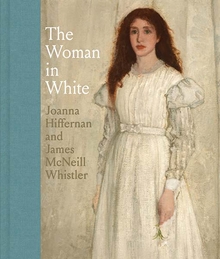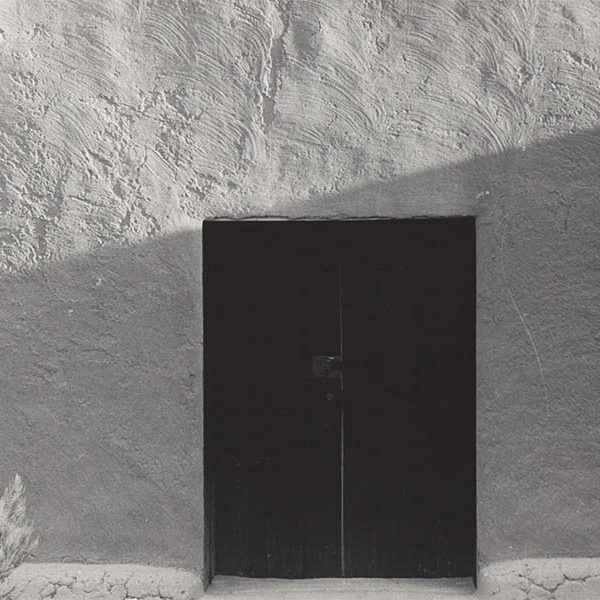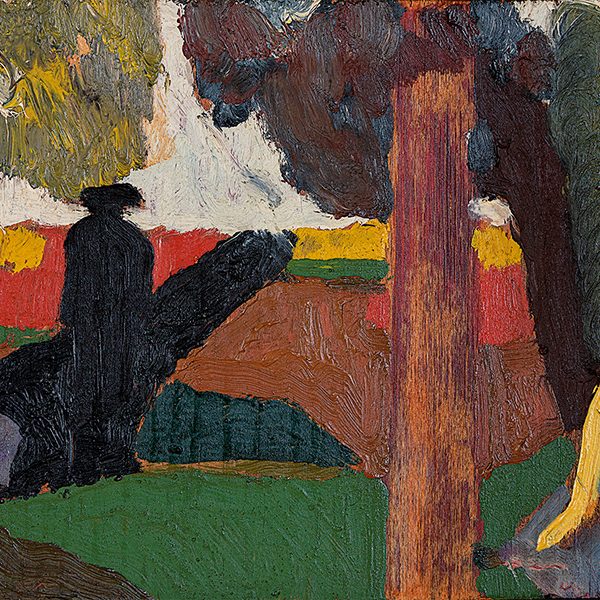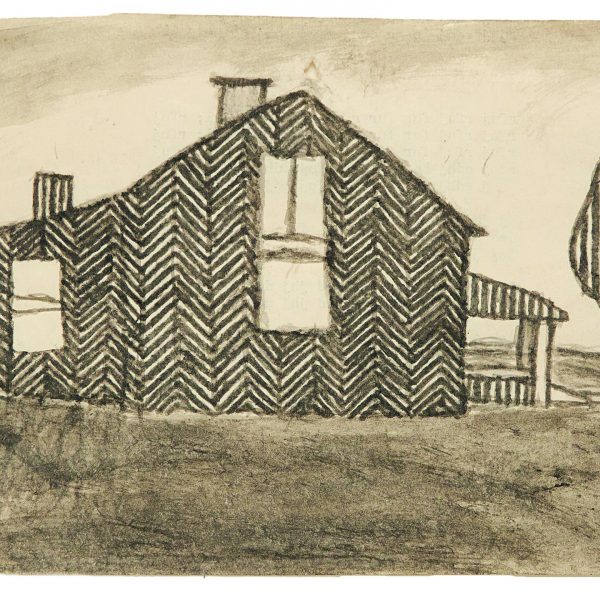Joanna Hiffernan and James Whistler: The Model and the Artist
Margaret F. MacDonald—
In 1861 Whistler wrote to his closest friend, Henri Fantin-Latour, about his work on Wapping (pictured above), and described the model, Joanna Hiffernan:
“a girl who is jolly difficult to paint! … I have painted her three times and I do not want to get tired … … I have managed to give her an expression! … she is winking and laughing at him!”
So, from Whistler’s perspective, he is tired, and he gave his model an expression, he created the mocking look. But, reading between the lines, it is obvious that it is Hiffernan who is winking, rolling her eyes, her body language and facial expression creating the impression of a prostitute mocking a young sailor. She could moreover produce this vivid impression after posing hour after hour and day after day for the artist. Perhaps, after all, it was Hiffernan who was laughing at Whistler.
As we look closer at Whistler’s many other portraits of Hiffernan we see that the model’s participation is essential. Hiffernan could act, interpret a role, and hold a pose for a considerable time. Once described as ‘the fiery Jo,’ she was intensely focused and professional. Hiffernan was additionally active in the house and studio and painted too (though none of her work has been located). As a poor Irish Catholic immigrant to London, she was ostracized by Whistler’s brother-in-law, but was admired by avant-garde artists and collectors in England and France. Childless herself, she and her sister later took care of Whistler’s illegitimate son. Whistler was immensely beholden to her, both as artistic collaborator and personally. In 1866 Whistler acknowledged this debt by making Hiffernan the sole beneficiary of his will.
Have you ever tried to pose for a portrait? I once posed 15 minutes in Edinburgh drizzle for a photograph, leaning on a gravestone (à la D. O. Hill). I maintained a smile (someone suggested I should go into politics) but had a chill and a crick in my neck by the end. The failure of the calotype was due to a chemical error, not mine. Since then I’ve drawn and painted portraits of friends and family, usually when they were reading, watching Sesame Street or the News. Few were prepared to sit and stare at me for half an hour.
I’ve also attended life classes, sessions of 20 minutes at a time, in a warm room, then a rest or cup of tea, and another session, and so on. It’s pretty tiring for the model and also the artist, but in a different way. The model, having been set a pose, concentrated on staying still, inexpressive: the student concentrated on visually assessing lines, angles, curves, and how to convey them accurately or expressively onto paper or canvas with whatever instrument—pencil, brush—was required. I suspect Whistler was not so generous, expecting the model to hold a pose indefinitely: there are records of sitters missing meals and fainting from exhaustion!
Exploring the Hiffernan portraits, in various ways, I bear in mind my own experiences, only too aware that I am reaching back to another, very different world. My all-electric house, hot and cold water, supermarket deliveries, smart phone, the whole infrastructure, is completely different from the Victorian world. Long ago I published Whistler’s Mother’s cookbook and genuinely tried to create Victorian meals, not a very healthy exercise! I’ve studied clothes of the period, even handled them, drawing on the expertise of Aileen Ribeiro. I experiment with etching, drawing and painting techniques, and discuss them with conservators and scientists. We draw lavishly on the knowledge of others!
Once I was lucky enough to visit the room in Chelsea where Symphony in White, No. 2: The Little White Girl was painted. I towered above the fireplace on which Hiffernan had leant, but there was a petite lady in the group, who leant on it perfectly: so Hiffernan was a tiny woman. At a museum recently my five-year-old granddaughter dressed up in mock-Victorian underclothes, and when she curtseyed and danced up and down, the crinoline bounced and shimmered. She looked in a mirror and for a wonderful moment, there was Jo looking back!

James McNeill Whistler, Symphony in White, No. 2: The Little White Girl, 1864, oil on canvas, 30 1/8×20 1/8 in. (76.5×51.1 cm), Tate, London, Bequeathed by Arthur Studd 1919. Image © Tate, London 2017
Margaret F. MacDonald is Professor Emerita of History of Art at the University of Glasgow.
Further Reading:



























